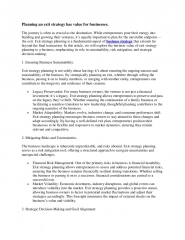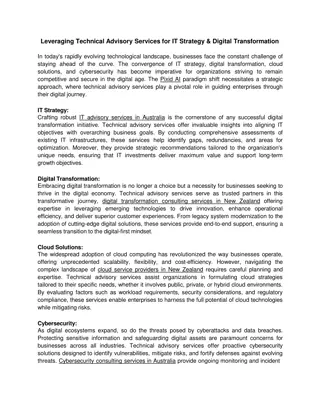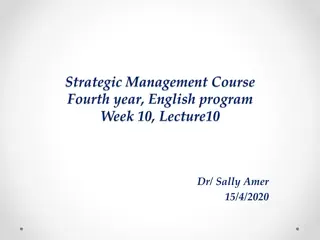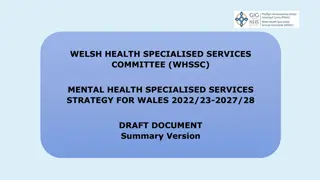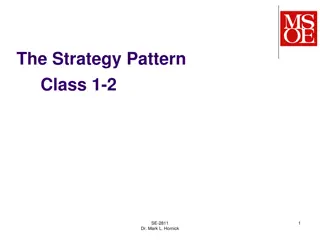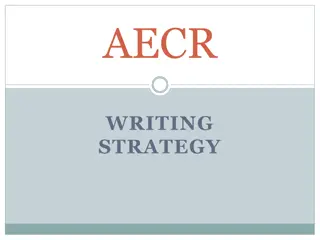
PDT Relevant Models Development
Explore the development of reduced models for Pulse Design Tools in the EUROfusion Consortium project. Tasks include enhancing coordination, interoperability, and harmonization of tools across experiments until 2025, with a focus on transport and free boundary applications. The initiative aims to maximize module mutualization, coupling techniques, and infrastructure solutions to benefit all PDT prototypes, setting a convergence strategy for 2026-2027.
Uploaded on | 2 Views
Download Presentation

Please find below an Image/Link to download the presentation.
The content on the website is provided AS IS for your information and personal use only. It may not be sold, licensed, or shared on other websites without obtaining consent from the author. If you encounter any issues during the download, it is possible that the publisher has removed the file from their server.
You are allowed to download the files provided on this website for personal or commercial use, subject to the condition that they are used lawfully. All files are the property of their respective owners.
The content on the website is provided AS IS for your information and personal use only. It may not be sold, licensed, or shared on other websites without obtaining consent from the author.
E N D
Presentation Transcript
TSVV15 programme focus on PDT relevant reduced models F. Imbeaux, R. Coosemans, P. David, F. Jaulmes This work has been carried out within the framework of the EUROfusion Consortium, funded by the European Union via the Euratom Research and Training Programme (Grant Agreement No 101052200 EUROfusion). Views and opinions expressed are however those of the author(s) only and do not necessarily reflect those of the European Union or the European Commission. Neither the European Union nor the European Commission can be held responsible for them.
The main principles The present state of the community is that Pulse Design Tools have been developed by some experiments and used mostly for that experiment. The new TSVV15 project consists in evolving from this situation to a more coordinated and harmonised landscape, by porting the existing tools to different experiments (task 1), develop interoperable components and framework that can benefit to all PDT prototypes (task 2 and 3), with a specific effort until the end of 2025 on transport+free boundary applications (task 4). Maximise the mutualisation of modules (e.g. transport, fuelling, H&CD, equilibrium), coupling techniques and infrastructure solutions Apply the tools to multiple experiments and benchmark them Define a possible convergence strategy for the next period (2026-2027) IMAS interfaces 2 F. Imbeaux et al | TSVV15
Some orders of magnitude for a typical Pulse Design run Simulator time step : constrained by the communication time between Plant and the Plasma Control System: typically 10-3s to control the plasma vertical instability Pulse duration simulation: typically 10 s for a meaningful ITER plasma segment (i.e. with significant evolution of equilibrium and current profile) PDT often used to design small segment checkpointing/restart capability mandatory to assemble a full pulse Number of time steps : 104 Reasonable waiting time for a human to get a PDT result : 102s can be extended to 103s with a good cup of coffee Wall clock time for a time step: 10-2to 10-1s Transport and equilibrium must be evaluated within this time scale can be reached with present day tools with some further optimization Source terms will require similar time scales or be evaluated less frequently Optimize data transfer between components Possibility to increase the simulator time step by not solving for the vertical instability in the Grad-Shafranov solver but check it continuously with a linearized model. Works better in boring flat top phases than in phases with large transient events 3 F. Imbeaux et al | TSVV15
Task 2 overview : Development of Reduced Models and Workflow (not covered by other TSVVs) The TSVV-15 task 2 will support the development and/or validation of new surrogate models that fill-in the gaps identified within current PDT frameworks, namely: Heating and current drive systems: Validation of model of EC and NBI deposition, interaction of NTM-EC wave (2 models will be developed and tested) Plasma fuelling and SOL-divertor description: Surrogate model for pellet injection (1 model), SOL neutrals description, model for plasma density and integration into density feedback, improvement of divertor model and real-time exhaust model (3 models) MHD and transport for accurate power balance: Prediction of NTM onset, surrogate model for prediction of no- wall beta limit and of error field induced locked-mode threshold (1 model) Milestone: For each new module, finalisation of complete physics models / databases / datasets (learning+testing) for at least one machine - March 2025. Deliverables: D2.1: interim report on the task 2 activities December 2024 D2.2: successful simulation of the given functionality (within given machine / experimental parameters) in a single PDT prototype for all models - October 2025 D2.3: evaluation of the relevance of the various reduced models, aiming at merging their functionalities to have a single model for each physics topic - December 2025 4 F. Imbeaux et al | TSVV15
Task 3 overview : Design the PDT framework for integration of modules provided by other TSVVs Reinforce synergies i) between works proposed by the different teams in TSVV-15, ii) between TSVVs and iii) with external activities Develop synergies with other TSVVs (in particular TSVV11) Discussion of what can be simplified for performance / what cannot be simplified for reliability Find out what reduced model strategy already exists in the other TSVVs, and what we could steer together We are just starting the TSVV15 activities, and eager to find out how to work together 5 F. Imbeaux et al | TSVV15
Task 1 overview : Demonstration of PDT prototype (porting at existing machines) Application of PDT prototypes to new machines inform which parts of the physics need refinement and/or machine-specific tuning test of interoperability IMAS (for input and output of the PDT at least) ease comparison of different PDT prototypes on different machines ease possible further integration Deliverables: D1.1 interim report on task 1 activities - December 2024 D1.2 PDT prototype (Fenix, ASTRA-MEQ-controller) validated for existing TCV data and ready for use for new discharges July 2025 D1.3 PDT prototype (METIS/RAPTOR-MEQ) validated for existing COMPASS data, and ready for use on COMPASS Upgrade - December 2025 D1.4 PDT prototype (METIS-MEQ/NICE) validated for existing RFX-MOD data, and ready for use on RFX-MOD2 - December 2025 6 F. Imbeaux et al | TSVV15
Task 4 overview : Magnetic Equilibrium and Control for PDT Group of codes for free boundary evolution, including (some) transients Different initial targets for each group (connection to kinetic code, add breakdown phase, speed up, ) Using existing code and ongoing development, but with the emphasis on interoperability (see also task 3) Codes will be applied to at least one more device than the one it was originally made for Deliverables: D4.1a Coupling between breakdown and early ramp-up for DYON-FIESTA & CREATE-BD Dec. 2024 D4.1b Coupling between magnetic codes and kinetic codes for NICE-METIS & RAPTOR-FBT Dec. 2024 D4.2 Test run with inputs and outputs for each code on their home device July 2025 D4.3 Application of each code to a foreign machine using D4.2 for comparison and cross-validation Dec. 2024 7 F. Imbeaux et al | TSVV15

